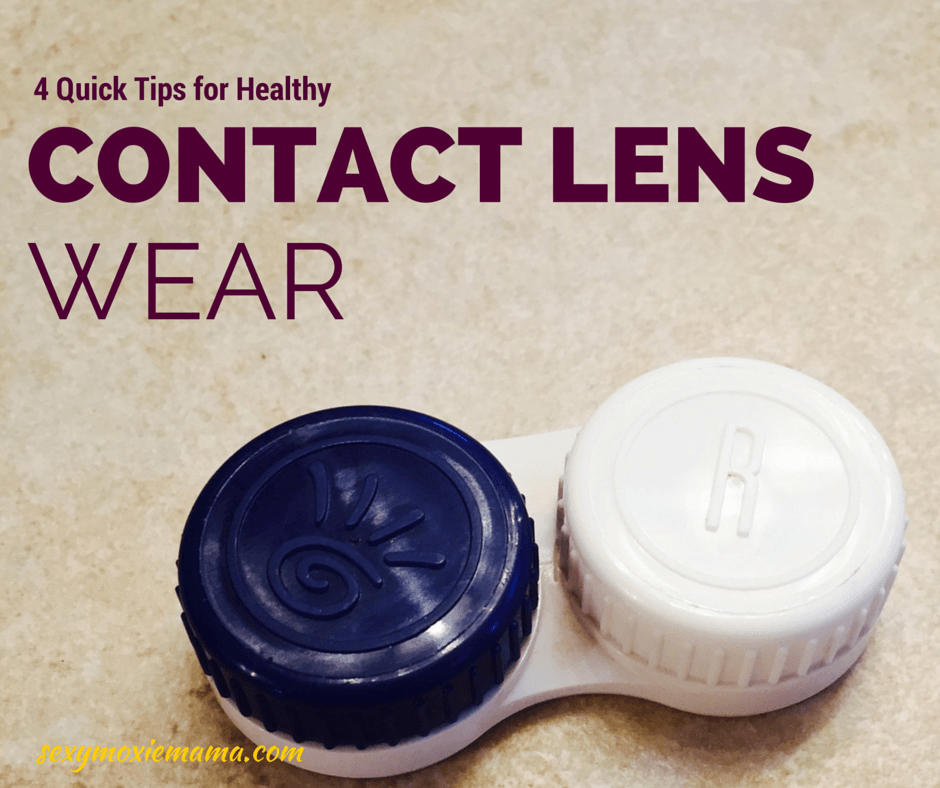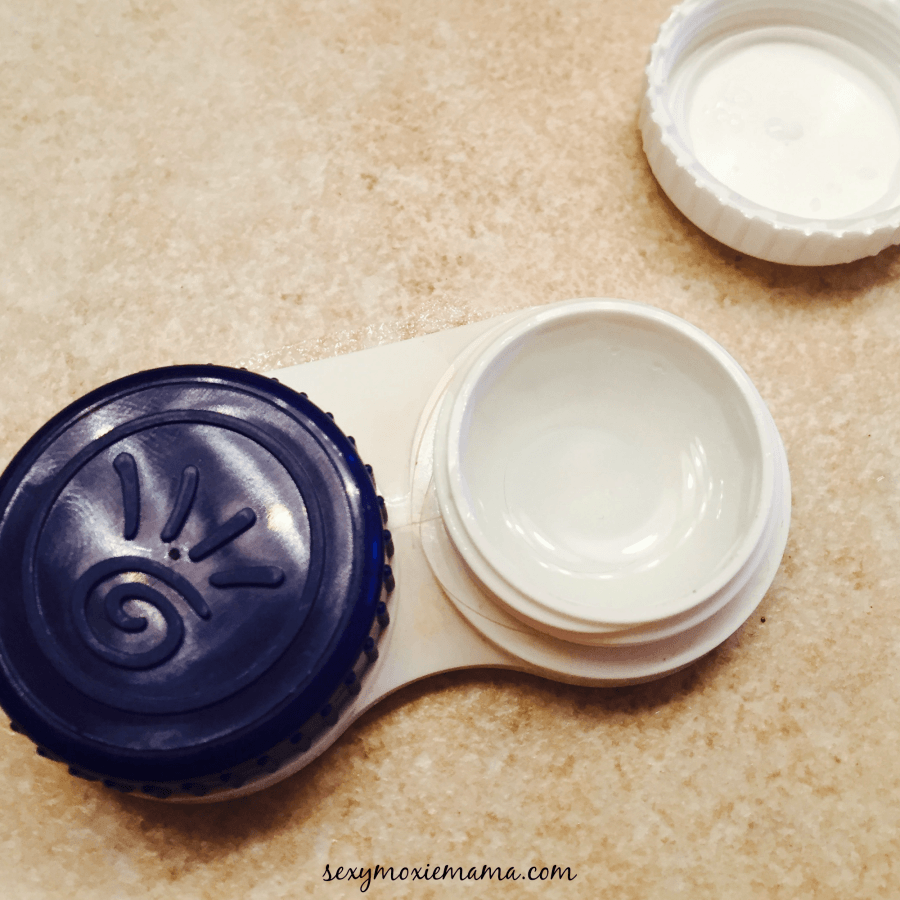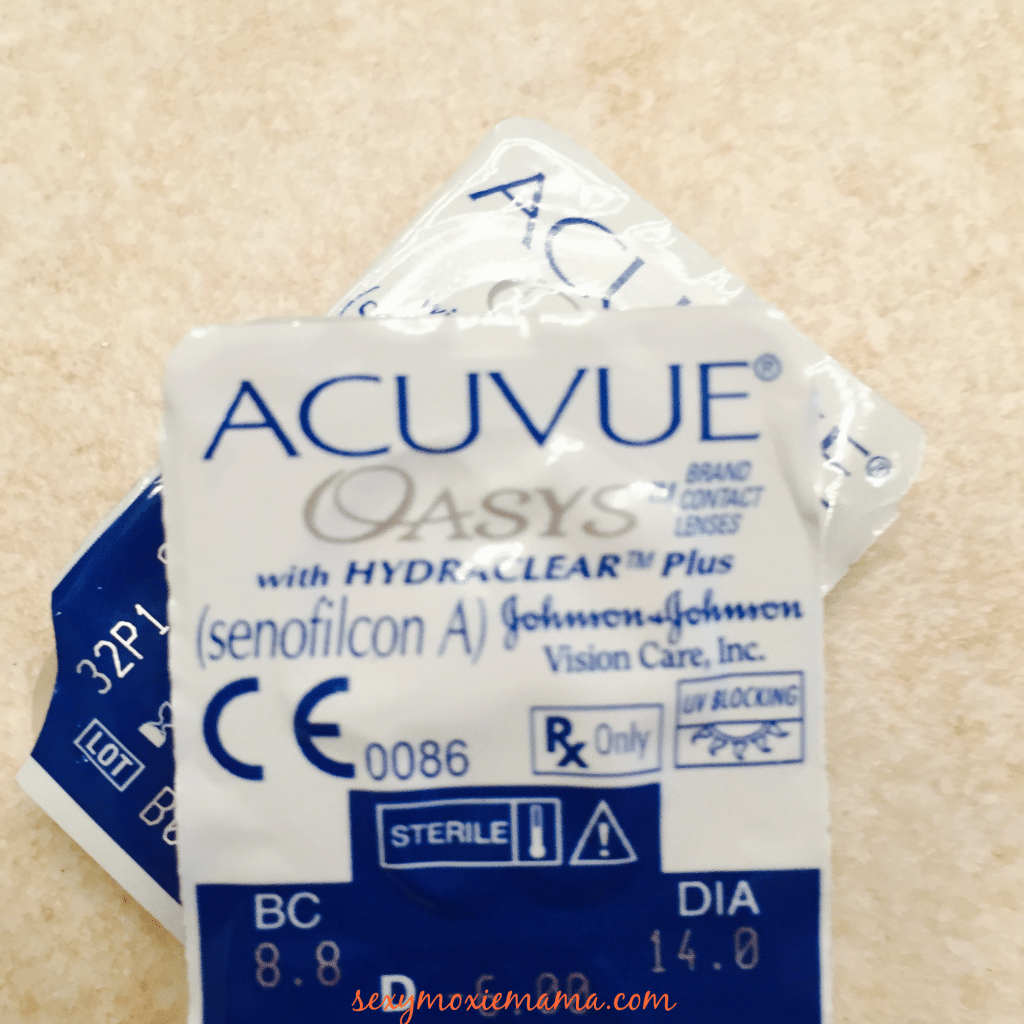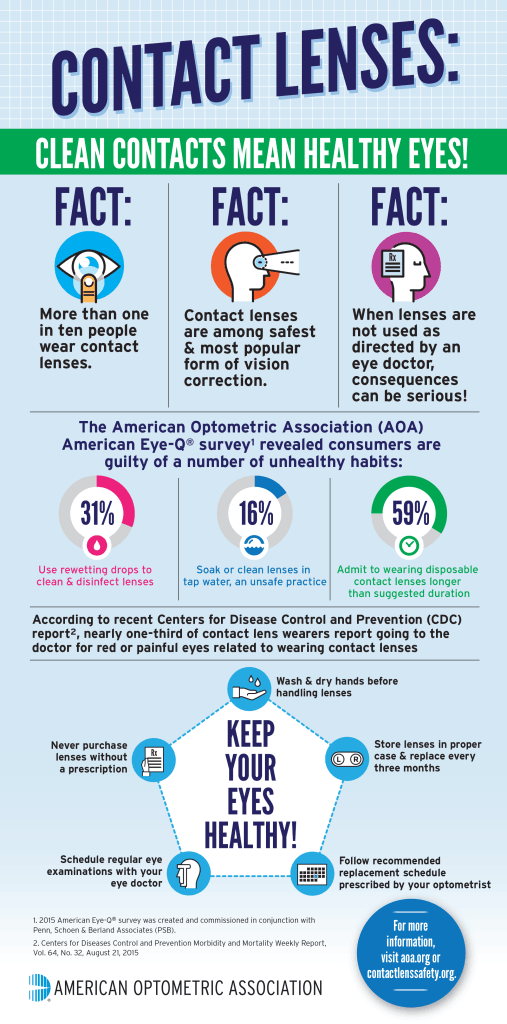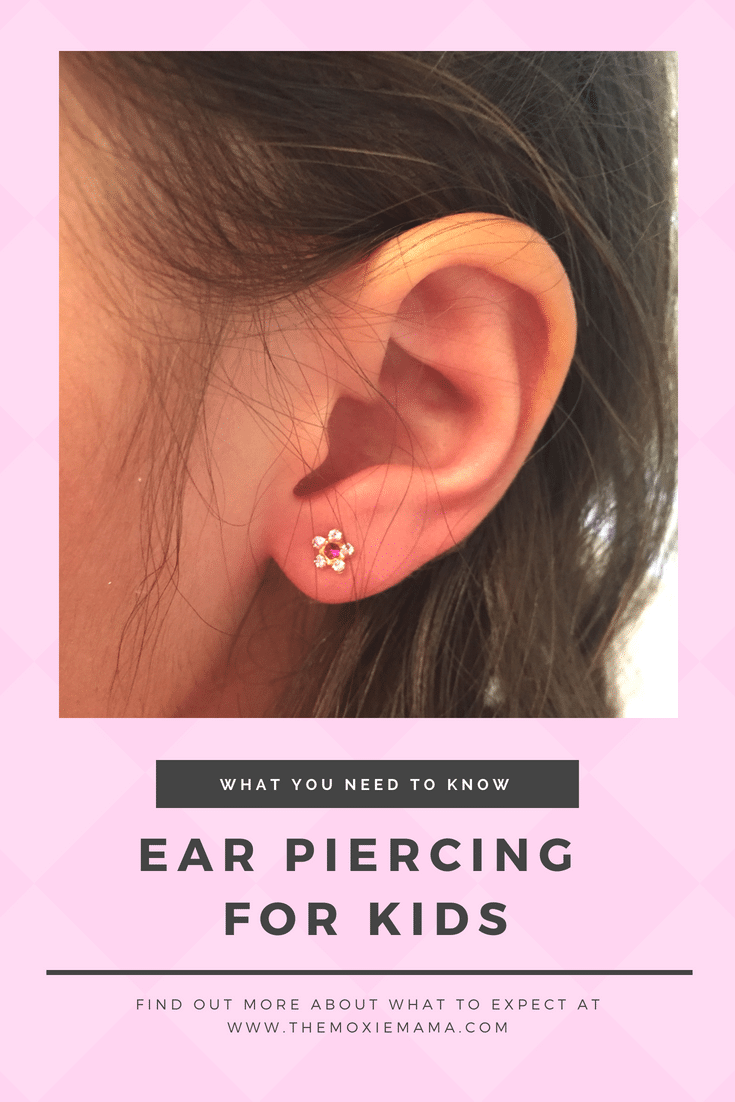This post may contains affiliate links. Please see my disclosure policy for full details.
Good eye health and clear vision depend on the actions we take daily. Contact lenses are a popular form of vision correction and can offer a comfortable, appropriate way to work and play. In fact, over 40 million Americans (over 10 percent of the population) and 125 million people worldwide wear contact lenses. While contact lenses are a safe, effective forms of vision correction, they are not completely risk-free—particularly if they are not cared for properly. Here are a few quick tips for healthy contact lens wear.
Annual Comprehensive Eye Exam
Proper vision can affect how well you function and succeed in life. Poor vision has been associated with developmental and learning issues. Optometrists can perform annual, comprehensive eye exams; Diagnose and treat eye diseases, and identify symptoms of potential health problems that can affect the whole body like diabetes and high blood pressure.
Practice Good Hygiene and Storage
If you wear contact lenses, knowing how to clean and safely handle your contacts is an important method to protect your vision and lenses. Cleaning and rinsing your lenses properly is essential to remove mucus, secretions, films, or deposits that can accumulate during wear and cause bacterial growth. Yet, the American Optometric Association’s (AOA) 2015 American Eye-Q® survey found that 31 percent of Americans use rewetting drops to clean their lenses, and 16 percent soak or clean their lenses in tap water instead of a multi-purpose solution.
The AOA recommends:
- Wash and dry your hands before handling lenses;
- Regularly use a multi-purpose solution to clean and store your lenses. Carefully rub the lenses with your fingers and rinse thoroughly before soaking overnight;
- Store lenses in a proper lens storage case and replace your case every three months;
- Use fresh solution to clean and store your lenses—don’t re-use old solution;
- Use optometrist suggested products to clean and disinfect your lenses;
- Remove your lenses before water exposure.
Tip: Keep your case clean by rubbing with clean fingers, rinse with solution, dry with a tissue, and store upside down nightly.
Follow the Recommended Wear Schedule
When you start wearing contact lenses, your optometrists will provide you with a wear schedule to help you to enjoy the comfort and benefits of lenses. Unfortunately, many wearers attempt to extend their lenses life by wearing them until they become irritating. Studies show that 59 percent of Americans wear disposable contact lenses longer than their optometrists’ suggestion. This unhealthy habit can be dangerous or damaging to your eyes, possibly causing long-term vision and eye health issues from bacterial infections and oxygen deprivation.
Decorative Contact Lenses
Optometrists are becoming concerned about the illegal sale and use of decorative contact lenses. Sold as fashion or costume accessories, these lenses are obtained illegally through street vendors, flea markets, or beauty supply stores and don’t meet the U.S. Food and Drug Administration (USDA) quality and safety standards.
These lenses pose the same safety and health risks if not cared for properly as prescription lenses like blurred vision; red or irritated eyes; eye pain, or keratitis (corneal inflammation). These issues can cause substantial damage to your eye’s function, and even permanent vision loss. If you plan to purchase decorative lenses, see your optometrist.
About The American Optometric Association
The American Optometric Association (AOA) represents 39,000 optometrists, optometry students, and paraoptometric assistants and technicians. Optometrists serve patients in nearly 6,500 U.S. communities and provide two-thirds of all primary eye care in the U.S. To learn more, visit the AOA online.
I was selected for this opportunity as a member of Clever Girls and the content and opinions expressed here are all my own.
This post may contains affiliate links. Please see my disclosure policy for full details.
